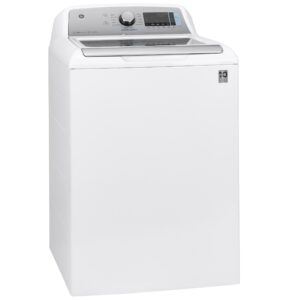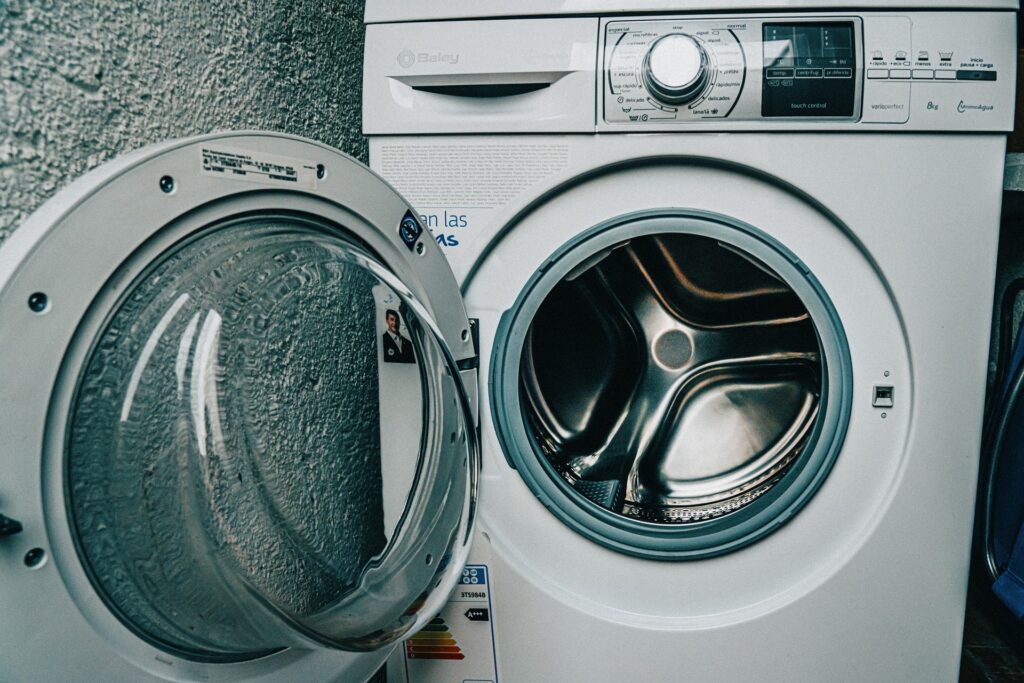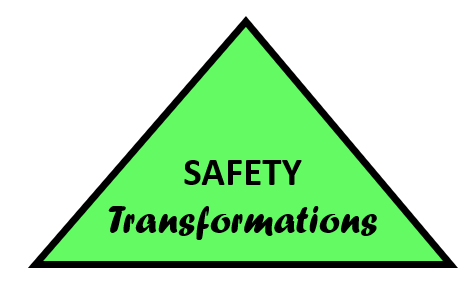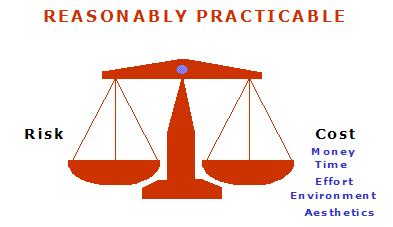
The safety legislation throughout Australia and New Zealand use terms such as “reasonably practicable” and “as low as reasonably practicable”. We probably have a good idea of the intent but what does it actually mean?
One of the key messages from Safe Work Australia is that reasonably practicable is an objective test, not a subjective one.
They say a duty holder must meet the standard of behaviour expected of a reasonable person who holds that duty.
“There are two elements to what is ‘reasonably practicable’. A duty-holder must first consider what can be done – that is, what is possible in the circumstances for ensuring health and safety. They must then consider whether it is reasonable, in the circumstances to do all that is possible.
This means that what can be done should be done unless it is reasonable in the circumstances for the duty-holder to do something less.”
When determining what is reasonably practicable, here are the questions that need to be considered:
The likelihood of the hazard or risk occurring
The greater the likelihood of a risk eventuating, the greater the significance this will play when weighing up all matters and determining what is reasonably practicable. If harm is more likely to occur, then it may be reasonable to expect more to be done to eliminate or minimise the risk.


The degree of harm that may result
The greater the degree of harm that could result from the hazard or risk, the more significant this factor will be in identifying what is reasonably required (what is reasonably practicable) in the circumstances. More may reasonably be expected of a duty-holder to eliminate or minimise the risk of death or serious injury than a lesser harm.
What you know, or ought to know, about the hazard or risk and ways to eliminate or reduce the risk
The knowledge about a hazard or risk, and any ways of eliminating or minimising the hazard or risk, will be what the duty-holder actually knows, and what a reasonable person in the duty-holder’s position (e.g. a person in the same industry) would reasonably be expected to know.
You can gain more knowledge in this area in various ways including:
- Consulting their workers and others in the industry
- Undertaking risk assessments
- Analysing previous incidents
- Considering relevant Regulations and Codes of Practice and other sources of information such as:
- Your safety regulator’s website
- Reputable technical standards, such as those published by Standards Australia
- Industry publications, and
- Published scientific and technical literature


To demonstrate your knowledge about the hazard or risk, you should:
- Proactively take steps to identify hazards within your business before they cause an injury, incident or illness. This should be done before the activity is undertaken or the circumstances happen that result in the risk occurring.
- Understand the nature and degree of any harm that an identified hazard may cause, how the harm could occur, and the likelihood of the harm occurring.
- Consider the risks associated with the following:
- Potential failure of plant, equipment, systems or safety measures
- Human error or misuse, spontaneity, panic, fatigue or stress, and
- Interaction between multiple hazards that may together cause different risks.
Availability and suitability of ways to eliminate or minimise risks
This part requires a consideration of not only what is available, but also what is suitable for the elimination or minimisation of risk. A risk control that may be effective in some circumstances or environments may not be effective or suitable in others, because of things such as the workplace layout, skills of relevant workers, or the particular way in which the work is done.
Equipment to eliminate or minimise a hazard or risk is regarded as being available if it is provided on the open market, or if it is possible to manufacture it.
A work process (or change to a work process) to eliminate or minimise a hazard or risk is regarded as being available if it is feasible to implement.
A way of eliminating or minimising a hazard or risk is regarded as suitable if it:
- Is effective in eliminating or minimising the likelihood or degree of harm from a hazard or risk
- Does not introduce new and higher risks in the circumstances, and
- Is practical to implement in the circumstances in which the hazard or risk exists.
The way of controlling risk is ranked from most effective to least effective in the Hierarchy of Controls. Higher controls provide better risk control while lower-level controls are less effective, relying more on people doing the right thing. I’ll write a later blog on the hierarchy of controls, but in the meantime, feel free to search for it on the internet.

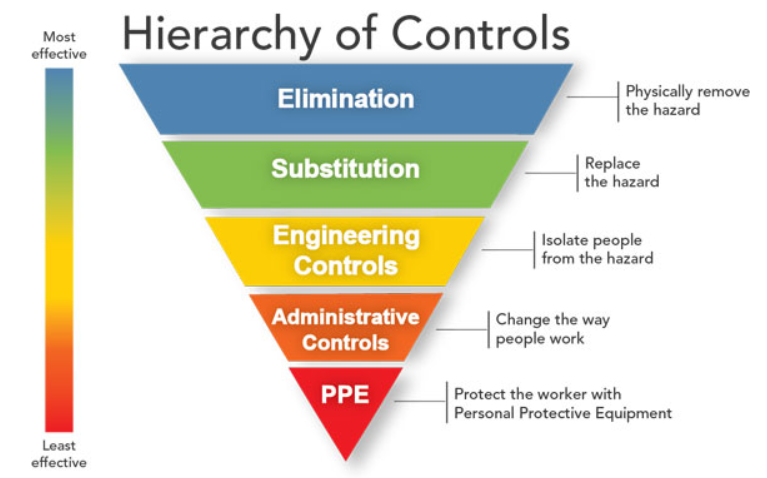

The cost of eliminating or minimising the risk
All safety regulators consider the cost of implementation of a control, but Safe Work Australia states: “The cost of eliminating or minimising risk must only be taken into account after identifying the extent of the risk (the likelihood and degree of harm) and the available ways of eliminating or minimising the risk.”
The costs of implementing a particular control may include costs of purchase, installation, maintenance and operation of the control measure and any impact on productivity as a result of the introduction of the control measure.
A calculation of the costs of implementing a control measure must take into account any savings from fewer incidents, injuries and illnesses, potentially improved productivity and reduced turnover of staff.
The more likely the hazard or risk is, or the greater the harm that may result from the hazard, the less weight should be given to the cost of eliminating the hazard or risk. If there are a number of options available for eliminating or minimising a risk that achieve the same level of reduction in likelihood or degree of harm, you can choose to apply a number of the least costly options.
Example of reasonably practicable
ABC Massage runs a small 2 therapist business. As part of their process, each therapist is expected to put the dirty towels/linen into the washing machine at the end of their shift and then hang them on a covered clothesline to dry. The next therapist who works starts their shift by taking down the clean, dry linen and folds them ready for use.
The washing machine is a top-load machine sitting on a box to help with noise and vibration suppression, which places the top of the machine at shoulder height. This means that the therapists have to stand on their toes or a stool to bend over and pull the clean wet towels out. The towels often get tangled up and can be quite heavy and awkward to remove from the washer.
The business owner needs to:
- Consult with the therapists to assist in identifying hazards associated with the task, including manual handling of the tangled, wet towels at/above shoulder height, and hanging them on the line, which is also above shoulder height.
- Identify the potential harm to the therapists including shoulder and back injuries from manual handling, and possibly an allergic skin reaction to the laundry detergent.
- Assess ways to eliminate or reduce the risk of these injuries. These could include sending the laundry to an external service for washing, or purchasing a different type of washing machine, possibly one that dries as well. Use of a lower box to reduce noise and vibration may also be an option.
- Identify which of these options are available and suitable for the circumstances and the degree to which they will individually or collectively eliminate, or if that’s not possible, minimise the risks so far as is reasonably practicable. Consider whether potential options may introduce other hazards or increase other risks.
Having considered all options and what can reasonably be done, the business owner decides to purchase a new washing machine that also dries towels, and ensures it is set up at a good height to load and unload the towels. This eliminates all work above shoulder height and reduces the risk of injury. After using the new machine for a short period, the business owner consults their workers again to get their thoughts on the new machine and set up to see if it can be improved further.
